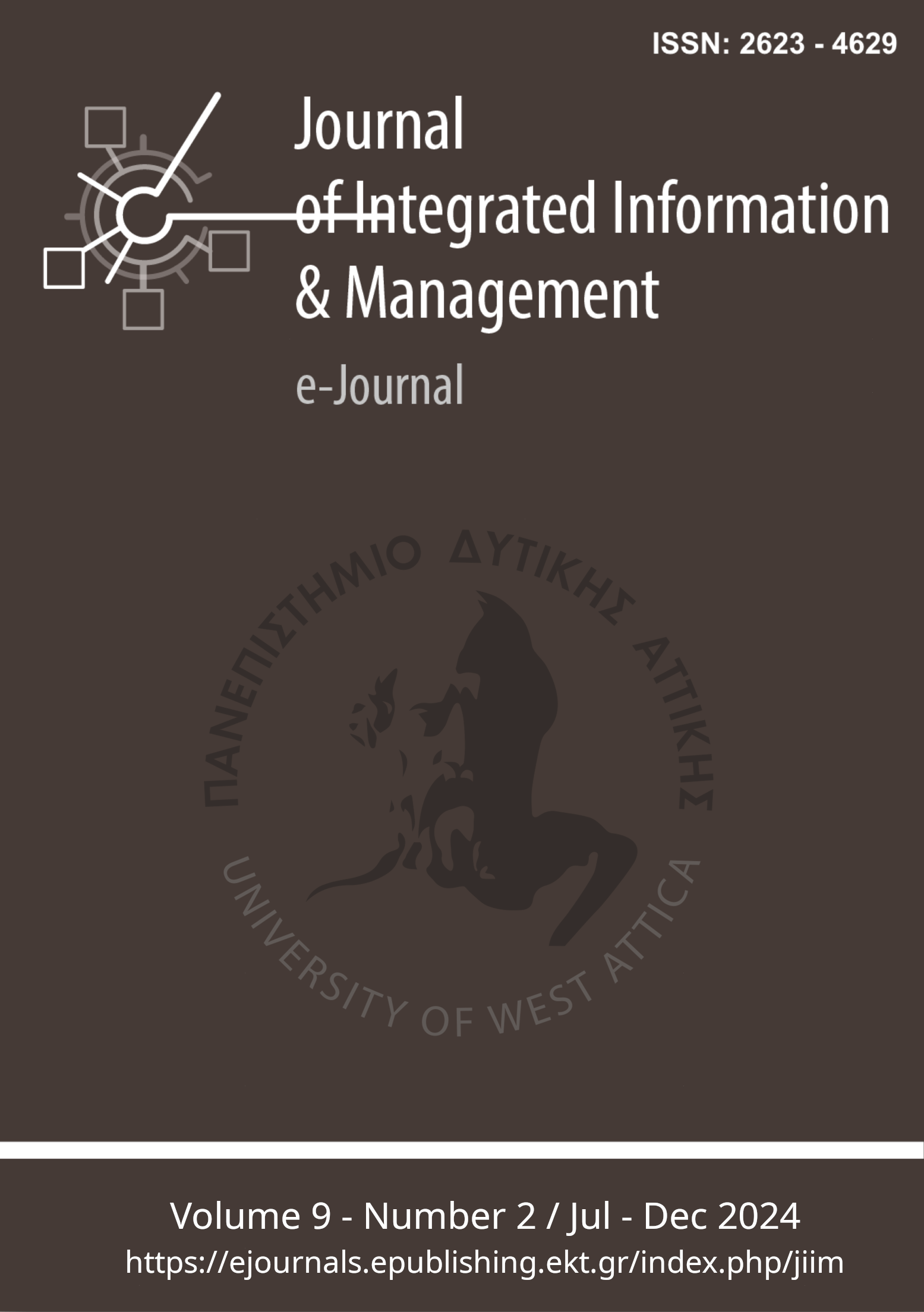Graph Databases and Graph Neural Networks
Abstract
Purpose - Nowadays, social networks, online media sharing and e-commerce platforms generate a vast amount of data, which, among other information, capture the interactions among the users. Storing, analyzing and exploiting the aforementioned information allow the exploration of hidden and unstructured patterns.
Design/methodology/approach - The associations among the users during their visit in a platform construct a graph network which capture all the generated data. Graph Neural Networks are applied in these data models, to make suggestions based on their topology. In the presented research, Graph Databases and Graph Neural Networks are utilized for data exploration and analysis in graph databases networks.
Findings - In this study, we compare the use of graph databases with relational databases for large-scale databases and we present that the use of graph neural networks over graph databases can be used efficiently to apply machine learning tasks for those datasets.
Originality/value - Thus, in this paper, we present the benefits of applying graph neural networks and graph databases for data analysis in large-scale data from social networks. Also, we examine to the efficiency of using graph databases over relational databases for analyzing those networks.
Article Details
- How to Cite
-
Tsolakidis, S., Tsolakidis, A., Triperina, E., Karanikolas Ν., & Skourlas, C. (2024). Graph Databases and Graph Neural Networks. Journal of Integrated Information Management, 9(2), 24–32. https://doi.org/10.26265/jiim.v9i2.39198
- Section
- Research Articles

This work is licensed under a Creative Commons Attribution-NonCommercial 4.0 International License.
Copyright Notice
Authors who publish with JIIM agree to the following terms:
- Authors retain copyright and grant the journal right of first publication with the work simultaneously licensed under a Creative Commons Attribution Non-Commercial License that allows others to share the work with:
- An acknowledgment of the work's authorship and initial publication in this journal.
- Authors are permitted and encouraged to post their work online (preferably in institutional repositories or on their website) prior to and during the submission process, as it can lead to productive exchanges, as well as earlier and greater citation of published work.






